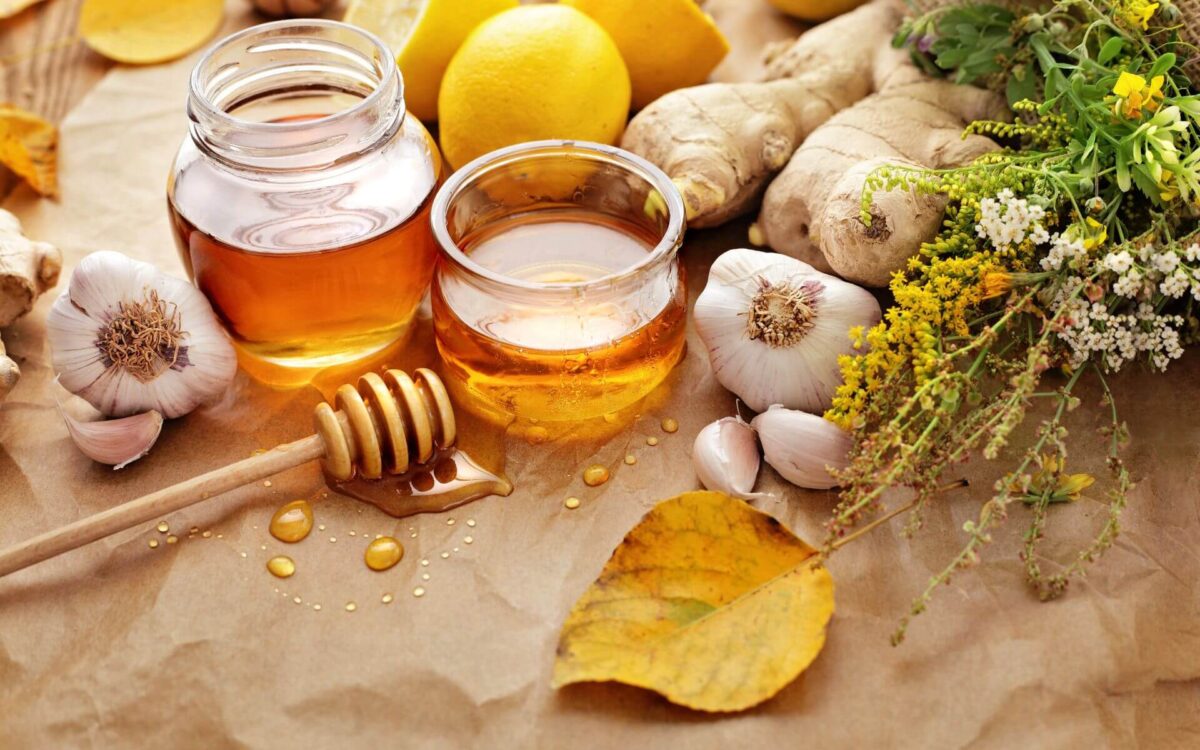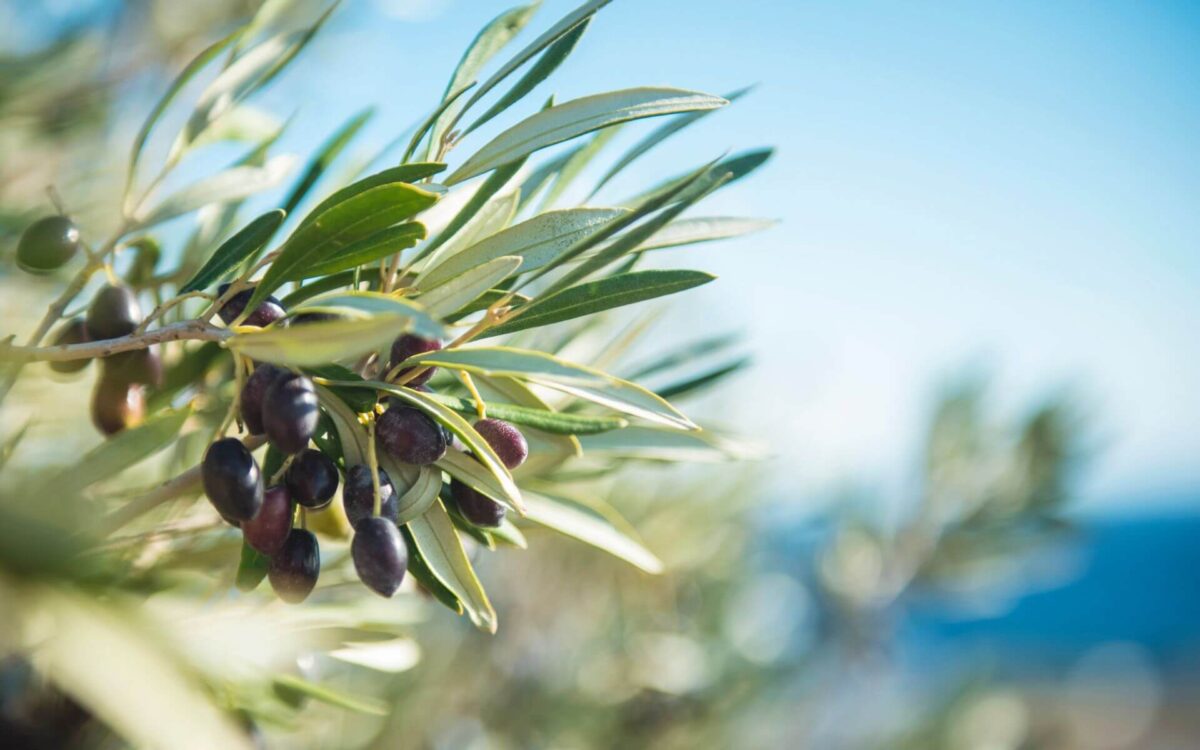The oldest mention of Starogrojski paprenjoki comes from Petar Hektorović. This record is found in his famous poem “Ribanje i ribarsko prigovaranje” from the year 1556. The work describes a three-day fishing trip, a journey from Stari Grad to Šolta and back. The poet Petar Hektorović sails in the company of two fishermen, Pasko and Nikola. They bring along with them: fine muscat wine, sweet wine (prošek), tarts, honeycombs, cheese (kaškaval), fruit, and paprenjoki.
The main ingredient in paprenjoki is honey, while the wheat was grown by Hektorović’s peasants in the fertile Starigrad Plain, ground in a mill located in Tvrdalj, and the olive oil was obtained from the Hektorović family’s olive groves. The missing ingredient for paprenjoki was prošek. In the tavern in Tvrdalj, fine quality prošek was made from good grapes. The only things that couldn’t be grown in Tvrdalj were the spices—cinnamon, cloves, and nutmeg. However, during that time, obtaining them wasn’t a problem since the Starigrad harbor was on the route between Venice, Dubrovnik, and many Mediterranean ports, facilitating trade.
Cinnamon, cloves, and nutmeg were collectively referred to as “papor” in Stari Grad until the mid-20th century. Hence, these cakes were named paprenjoki.
How are paprenjoki made?
The night before, one kilogram of honey is boiled. Once it boils and foams, the foam is skimmed off with a spoon. Cloves are pounded on a wooden board with a wooden hammer and added to the heated prošek. Saffron is roasted, crushed, and also added to the heated prošek.
A quarter-liter of olive oil is added to the honey. The prošek with saffron and the prošek with cloves are strained. A quarter-liter of prošek in total is added to the mixture.
A little cinnamon, a little nutmeg, and finally flour with a little baking soda are added to the mixture. Enough flour is added to make the dough soft. Let it rest for half an hour. A portion of the dough is placed on a board and more flour is added. It is then cut into equal parts. Each piece is kneaded by hand to make small balls.
The dough is placed on a metal greased baking tray, and paprenjoki are shaped by hand. Bake at 200 degrees Celsius until they darken.
You can decorate them once they cool down. Beat one egg white with about 150 grams of powdered sugar, and then use it to decorate the paprenjoki.


